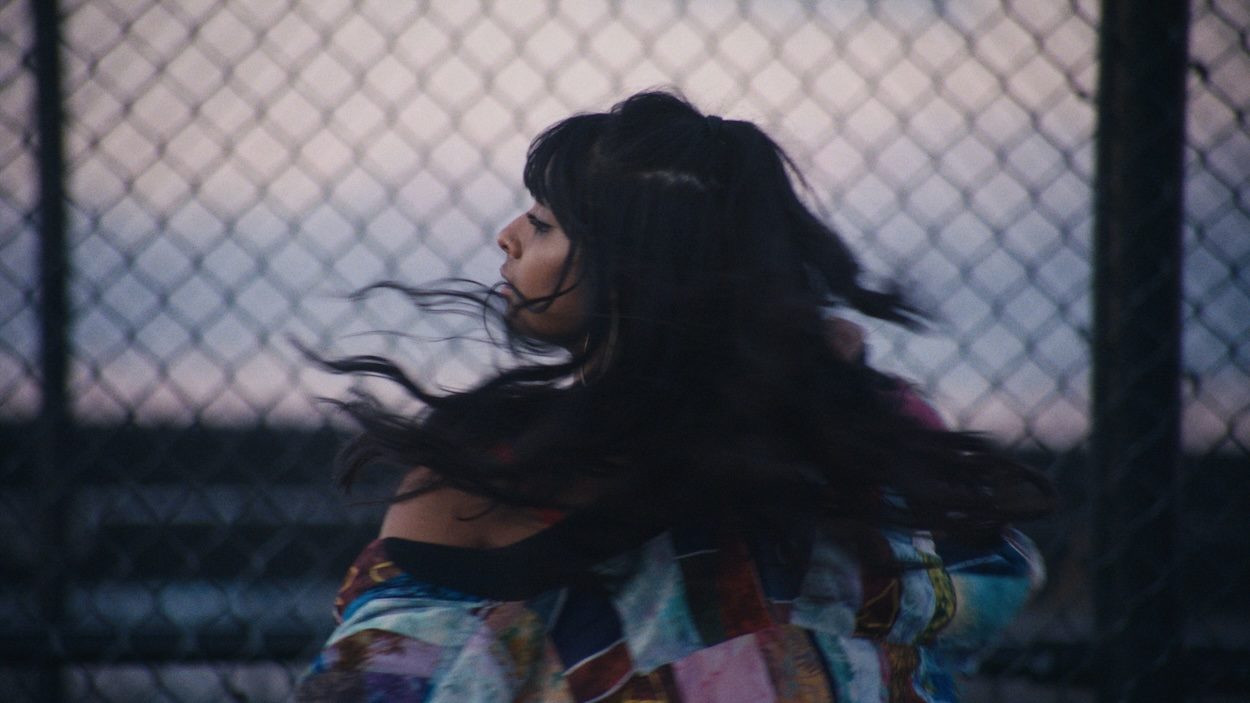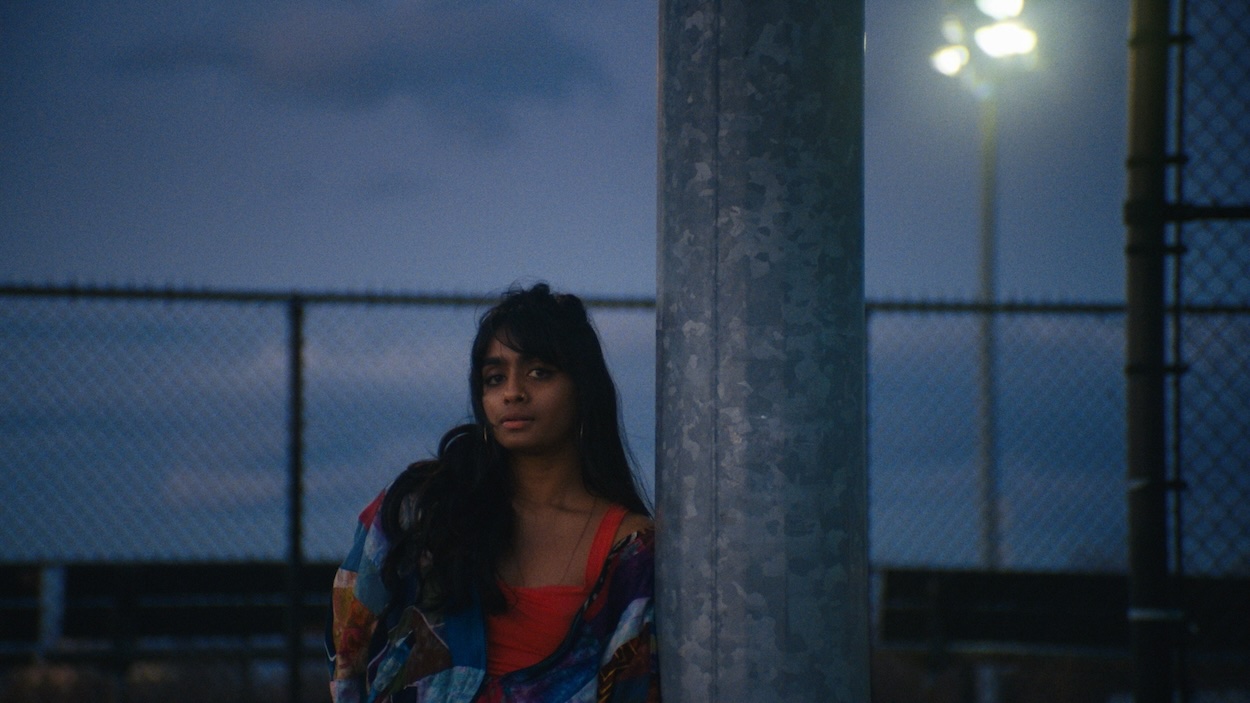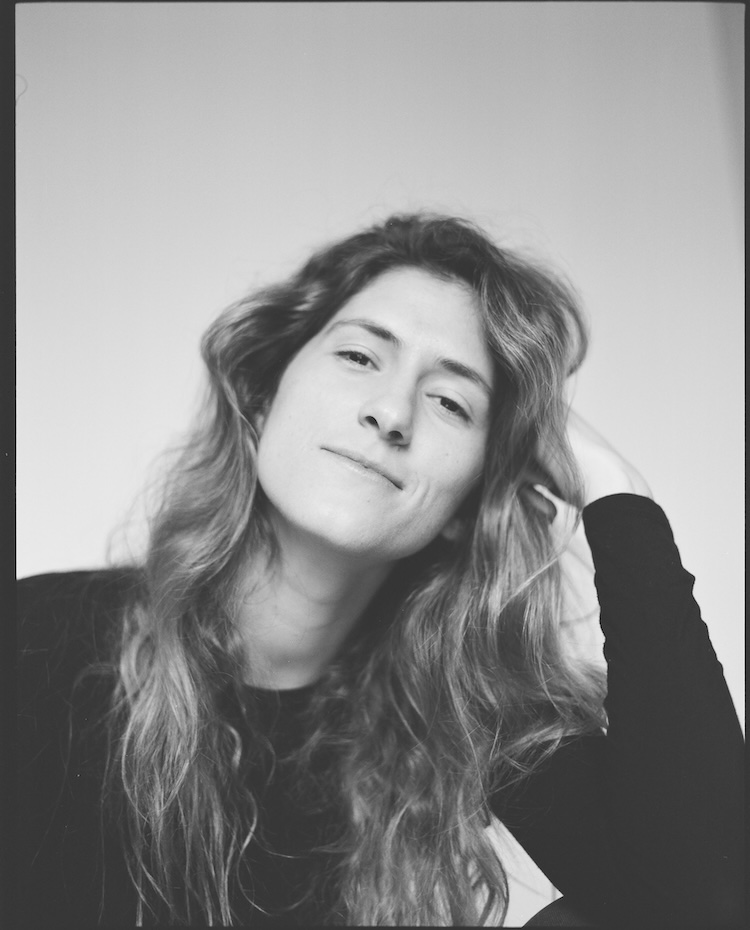You’ve said previously that you spent your younger years deciding between following medicine or filmmaking. Was your childhood upbringing particularly creative, or did the need to create gradually emerge for you?
Creativity has always been an integral part of my life, nurtured from a young age by my family. I was always encouraged to explore and express myself freely. Early on, I adopted the family camcorder, documenting everything and creating little films with my (sometimes willing, sometimes reluctant) siblings and friends. My taste in music, books, and films undoubtedly came from raiding—and eventually co-opting—my older sisters’ collections. This likely fueled my fascination with the macabre, which initially led me to consider medicine as a career path. However, my love for filmmaking quickly took over, as it allowed me to explore not only the world of medicine but also all the other worlds I’m curious about.
As someone who has spent time between Colombia and New York, and works in multiple languages, how do you navigate your own identity and feeling of belonging through your work? How did that inform your approach when creating Amma, in particular?
The themes of identity and belonging are constantly present in my work and have evolved over time. It’s never tied to a single thing or place, so the question is always there, and the answer changes. I’ve lived in New York for fifteen years now, and by most measures, it is home. But Colombia is where my family, friends, and roots are, and I carry that with me always. With Amma, I wanted to focus on a moment when the decision to return home or stay is deeply felt, informed of course, by my own experiences with such moments.
Amma beautifully captures Rtusha Kulkarni’s tussle between her decision to live in New York and her roots. How did the collaboration with Rtusha first come about? How did you meet?
Rtusha is a force! She’s incredibly kind, smart, creative, hilarious, and unapologetically authentic in who she is. We met in film school in 2016 and became good friends, though we didn’t have many chances to work together until Amma. I’ve always admired her impeccable writing and unique sense of style, and as anyone who’s seen her tear up a dance floor knows—she’s an incredible dancer, too. So when she casually mentioned that she had started roller skating, I immediately wanted to capture it. What began as a simple idea to film her skating evolved into something much deeper thanks to her openness and generosity as a collaborator and friend.

Rtusha’s parents recorded the phone messages specially for the film. How did you balance authenticity, spontaneity, and your vision for the film, especially in those emotional intimate moments?
When Rtusha and I approached her parents, Anita and Raghavendra, asking them to record themselves as if they were leaving voicemails on their daughter’s phone, I was nervous and unsure how they’d react. These were intimate thoughts and personal conversations they were being asked to share for a project that they didn’t yet understand, but they embraced the task with incredible generosity and shared many voice notes with different iterations of their thoughts.
Working closely with editor and sound designer Lindsey Nadolski, we listened to the recordings and selected moments that felt emotionally resonant and telling. We chose to interweave the two voices in the editing process in order to create a balance that would have otherwise been impossible without asking them to speak in a way that didn’t seem organic to their individual tones and personalities. Our goal was to create an authentic story by working with what they offered rather than imposing our vision from the start.
I worked closely with composer Julian Tobon, a close friend and collaborator, to create the score of the film, which was no easy task. I gave him two very different references, a Frank Ocean song and a classical piano staccato piece, and asked him to create something that lived somewhere in between. We spoke about the underlying emotion and the story beats and from there, he was able to compose an original piece that fit the film better than I could’ve imagined.
Many of your films are centered on female perspectives, whether through the eyes of a young child or an adult. What draws you to explore female narratives, especially those of young and teenage girls?
I’m drawn to female narratives, particularly those of young and teenage girls, because girlhood is so formative in shaping who we become as women. It’s a time when we begin to define ourselves, often in opposition to expectations placed on us. Whether through friendships, family dynamics, or societal influences, it’s a moment of both discovery and uncertainty, with a healthy dose of defiance. And while I often focus on female narratives because of my personal connection, I also find that these stories resonate on a universal level.
What does your creative process look like for your short films? Do you prefer to write alone or collaboratively? And do you fastidiously map out storyboards and treatments in pre-production?
My creative process varies greatly with each project, as each one demands its own approach. Some films require meticulous planning and careful execution, where every detail is mapped out in advance. Others, however, benefit from a more fluid and organic process, where openness and a willingness to let the piece evolve become essential. With Amma, for example, I’d be remiss to say I had a plan from the beginning. The film unfolded through the collective energy of my collaborators, each of whom brought something invaluable to the table. Collaboration is the one constant in my work—I don’t thrive in isolation. For me, film is a deeply collaborative art form, and I draw immense inspiration from the creative minds around me.
What was the decision-making process behind the locations you used around New York for Amma?
My cinematographer—who also happens to be my husband, Soren Nielsen—and I have lived in New York for a long time, so we’re always spotting and mentally cataloging interesting locations as we move around the city. It’s like a game we play—finding unique places with interesting characters and perfect lighting where we just know we’ll want to shoot someday. For Amma, a lot of the locations were spots we’d bookmarked over the years because they had this unique vibe that felt right for the film. New York is full of surprises, and it’s all about finding those perfect moments where everything just falls into place.
The short film format often comes with tiny budgets and even tinier crews. What was it like working with the crew on Amma, and what have you learned about collaboration across your various short film projects?
Every project brings its own unique challenges, and with Amma, the crew was as small as it gets—just Rtusha, Soren, and me. It was an incredibly intimate process, which meant we wore many hats. For instance, I was pulling focus on certain shots, which is why some of the footage was unusable or *slightly* out of focus. It was definitely a lesson in letting go of perfection and embracing the rawness of the process. What I’ve learned over the years is that collaboration is not about the size of the crew but about trust and creative chemistry. When everyone is fully invested, no matter how small the team, the work becomes a shared vision. Amma reminded me that some of the most powerful stories can come from these scrappy, bare-bones setups because they force you to be resourceful and connected to the heart of the film.
Victoria Rivera
What is a piece of filmmaking you have seen recently that has stuck with you?
I just watched Anora, Sean Baker’s new film, and it completely floored me. It’s heartbreaking, thrilling, and surprisingly hilarious all at once. The performances are so raw and moving, capturing a side of New York that you rarely see on screen—especially with this level of honesty and beauty. It’s one of those films that stays with you long after the credits roll. Seriously, 10 out of 10—I highly recommend it to anyone and everyone.
What are you working on at the moment? Is there anything else you’d like to mention?
Right now, I’m deeply immersed in two feature scripts I’ve been developing and rewriting for some time. The writing process can be challenging and often isolating, but I’ve found that shifting between the two worlds of these scripts gives me a much-needed break and fresh perspective. Alongside that, I love having a short personal project or cause-driven work that I can work on in parallel. I’m hoping to collaborate with organizations I admire, like Planned Parenthood or those focused on youth mental health—anything where film can make an impact and drive societal change. I’m always excited about using storytelling to support causes I care about.
Interview by Becca Nichols
INFO:
Victoria Rivera website
Slmbr Prty website
@tush_bag



















